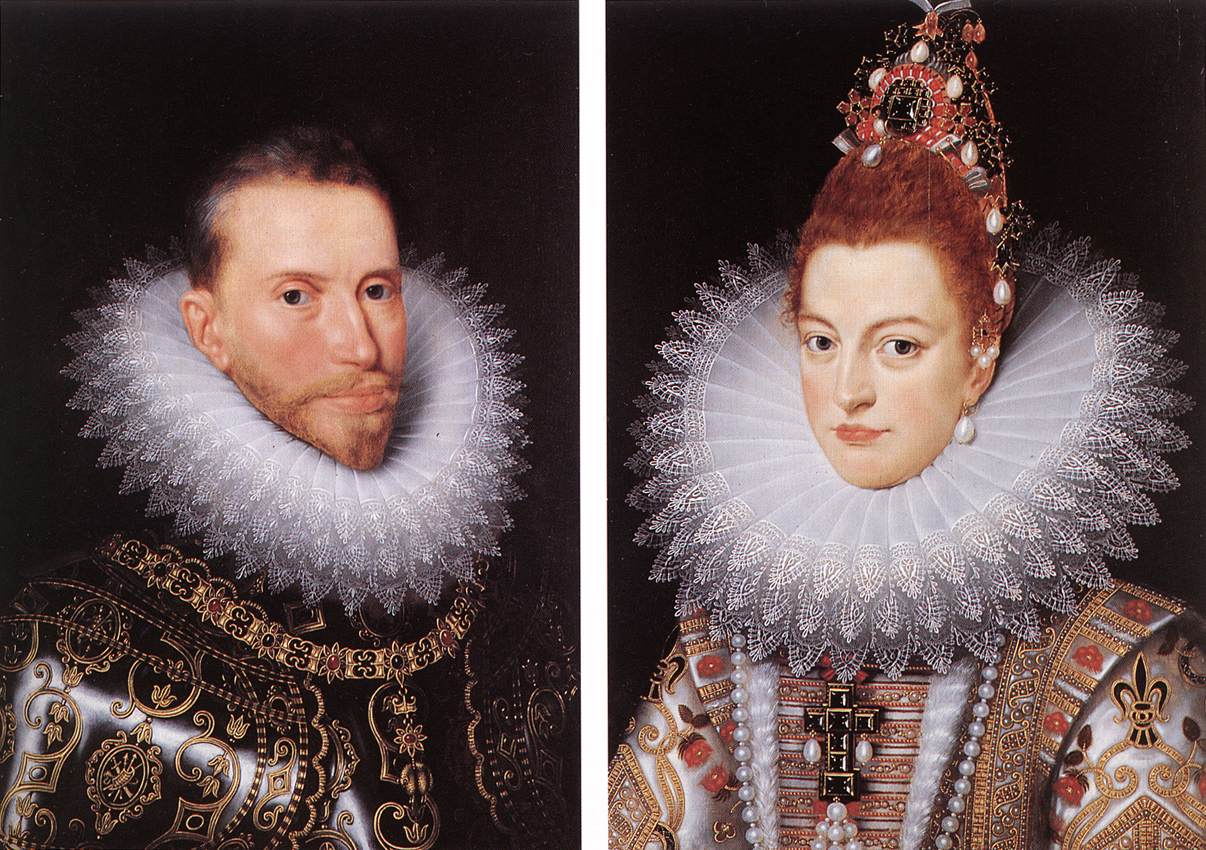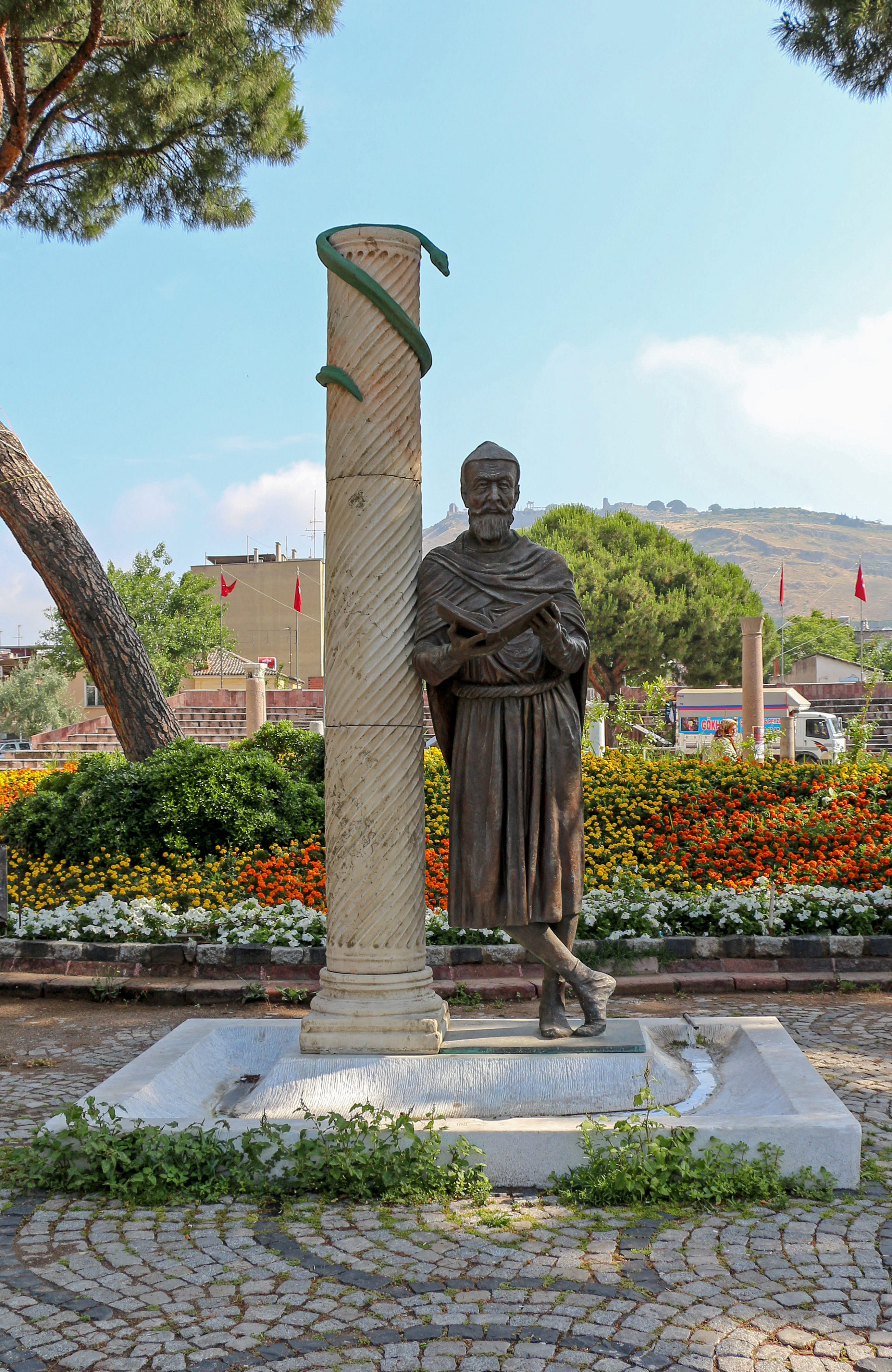|
Owen O'Shiel
Owen O'Shiel (; 1584 – 21 June 1650) was an Irish physician. He was the chief military surgeon of the Irish Catholic Confederation from 1642 to 1650, during which he was personal physician to military leader Owen Roe O'Neill. O'Shiel was born into an Irish medical family. He left the country around 1604 to study medicine in Paris, Leuven and Padua. Famously known as the "Eagle of Doctors" (), O'Shiel gained renown for his extensive medical expertise and high level of education, becoming highly sought after among the Leinster populace. A particularly staunch Catholic, he joined the Confederate Army and served under Owen Roe O'Neill in the Irish Rebellion of 1641. O'Shiel died at the Battle of Scarrifholis in 1650. Family background The O'Shiels were a family of physicians initially in service to the McMahon family of Oriel, the MacCoghlan family of Delvin, and later to the O'Neill family. Ballysheil in County Down was the family's hereditary estate. The ''Annals of th ... [...More Info...] [...Related Items...] OR: [Wikipedia] [Google] [Baidu] |
Moycashel
Moycashel (), previously the barony of Rossaughe, and before that, Delamares country, is a barony in south County Westmeath, in Ireland. It was formed by 1542.Moycashel ''townlands.ie'' Retrieved 31 May 2015 It is bordered by three other baronies: Clonlonan to the west, Rathconrath to the north, Moyashel and Magheradernon to the north-east and Fartullagh to the west. The largest population centre is [...More Info...] [...Related Items...] OR: [Wikipedia] [Google] [Baidu] |
County Down
County Down () is one of the six counties of Northern Ireland, one of the nine counties of Ulster and one of the traditional thirty-two counties of Ireland. It covers an area of and has a population of 552,261. It borders County Antrim to the north, the Irish Sea to the east, County Armagh to the west, and County Louth across Carlingford Lough to the southwest. In the east of the county is Strangford Lough and the Ards Peninsula. The largest settlement is Bangor, County Down, Bangor, a city on the northeast coast. Three other large towns and cities are on its border: Newry lies on the western border with County Armagh, while Lisburn and Belfast lie on the northern border with County Antrim. Down contains both the southernmost point of Northern Ireland (Cranfield Point) and the easternmost point of Ireland (Burr Point). It was one of two counties of Northern Ireland to have a Protestant majority at the time of the United Kingdom Census 2001, 2001 census. The other Protestant-m ... [...More Info...] [...Related Items...] OR: [Wikipedia] [Google] [Baidu] |
University Of Douai
The University of Douai (; ) was a historic university in Douai, France. With a medieval tradition of scholarly activity in the city, the university was established in 1559, and lectures began in 1562. It ceased operations from 1795 to 1808. In 1887, it was relocated 27 km away to Lille, where it became the University of Lille. From the mid-16th century onward, the University of Douai had a Europe-wide influence as a prominent center of Neo-Latin literature, significantly contributing to the dissemination of printed knowledge. With 1,500 to 2,000 registered students and several hundred professors, it was the second-largest university in France during the late 17th and 18th centuries. Studies in mathematics and physics at the Douai Faculty of Arts fostered advancements in artillery practice. The Douai Faculty of Theology was a key center for Catholic scholarship, playing a crucial role in shaping religious doctrines and engaging in political controversies across Europe. Its ... [...More Info...] [...Related Items...] OR: [Wikipedia] [Google] [Baidu] |
Isabella Clara Eugenia
Isabella Clara Eugenia (; 12 August 1566 – 1 December 1633), sometimes referred to as Clara Isabella Eugenia, was sovereign of the Spanish Netherlands, which comprised the Low Countries and the north of modern France, with her husband Albert VII, Archduke of Austria, Archduke Albert VII of Austria. Their reign is considered the Golden Age of the Spanish Netherlands, which saw a revival of its economy and arts after a peace was concluded with the break-away Dutch Republic. Isabella was one of the most powerful women in 16th- and 17th-century Europe. Early life Childhood Isabella Clara Eugenia of Austria was born in the Palace of Valsain, Segovia on 12 August 1566. She was the first surviving daughter of King Philip II of Spain and his third wife, Elisabeth of Valois. Her father was reportedly overjoyed at her birth and declared himself to be happier on the occasion than he would have been at the birth of a son. He already had a male heir, Carlos, Prince of Asturias, ... [...More Info...] [...Related Items...] OR: [Wikipedia] [Google] [Baidu] |
Albert VII, Archduke Of Austria
Albert VII (; 13 November 1559 – 13 July 1621) was the ruling Archduke of Austria for a few months in 1619 and, jointly with his wife, Isabella Clara Eugenia, sovereign of the Habsburg Netherlands between 1598 and 1621. Prior to this, he had been a Cardinal (Catholic Church), cardinal, Roman Catholic Archdiocese of Toledo, Archbishop of Toledo, List of viceroys of Portugal, viceroy of Portugal and Governors of the Habsburg Netherlands, Governor General of the Habsburg Netherlands. He succeeded his brother Matthias, Holy Roman Emperor, Matthias as reigning archduke of Archduchy of Austria, Lower and Upper Austria, but abdicated in favor of Ferdinand II, Holy Roman Emperor, Ferdinand II the same year, making it the shortest (and often ignored) reign in Austrian history. Early life Archduke Albert was the fifth son of Maximilian II, Holy Roman Emperor and Maria of Spain, daughter of Charles V, Holy Roman Emperor and Isabella of Portugal. He was sent to the Spanish Court at the a ... [...More Info...] [...Related Items...] OR: [Wikipedia] [Google] [Baidu] |
Spanish Netherlands
The Spanish Netherlands (; ; ; ) (historically in Spanish: , the name "Flanders" was used as a '' pars pro toto'') was the Habsburg Netherlands ruled by the Spanish branch of the Habsburgs from 1556 to 1714. They were a collection of States of the Holy Roman Empire in the Low Countries held in personal union by the Spanish Crown. This region comprised most of the modern states of Belgium and Luxembourg, as well as parts of northern France, the southern Netherlands, and western Germany, with the capital being Brussels. The Army of Flanders was given the task of defending the territory. The Imperial fiefs of the former Burgundian Netherlands had been inherited by the Austrian House of Habsburg from the extinct House of Valois-Burgundy upon the death of Mary of Burgundy in 1482. The Seventeen Provinces formed the core of the Habsburg Netherlands, which passed to the Spanish Habsburgs upon the abdication of Emperor Charles V in 1556. When part of the Netherlands separated to ... [...More Info...] [...Related Items...] OR: [Wikipedia] [Google] [Baidu] |
Hippocrates
Hippocrates of Kos (; ; ), also known as Hippocrates II, was a Greek physician and philosopher of the Classical Greece, classical period who is considered one of the most outstanding figures in the history of medicine. He is traditionally referred to as the "Father of Medicine" in recognition of his lasting contributions to the field, such as the use of prognosis and clinical observation, the systematic categorization of diseases, and the (however misguided) formulation of Humorism, humoral theory. His studies set out the basic ideas of modern-day specialties, including surgery, urology, neurology, acute medicine and Orthopedic surgery, orthopedics. The Hippocratic school of medicine revolutionized ancient Greek medicine, establishing it as a discipline distinct from other fields with which it had traditionally been associated (theurgy and philosophy), thus establishing medicine as a profession. However, the achievements of the writers of the Hippocratic Corpus, the practitioners ... [...More Info...] [...Related Items...] OR: [Wikipedia] [Google] [Baidu] |
Galen
Aelius Galenus or Claudius Galenus (; September 129 – AD), often Anglicization, anglicized as Galen () or Galen of Pergamon, was a Ancient Rome, Roman and Greeks, Greek physician, surgeon, and Philosophy, philosopher. Considered to be one of the most accomplished of all medical researchers of Ancient history, antiquity, Galen influenced the development of various scientific disciplines, including anatomy, physiology, pathology, pharmacology, and neurology, as well as philosophy and logic. The son of Aelius Nicon, a wealthy Greek architect with scholarly interests, Galen received a comprehensive education that prepared him for a successful career as a physician and philosopher. Born in the ancient city of Pergamon (present-day Bergama, Turkey), Galen traveled extensively, exposing himself to a wide variety of medical theories and discoveries before settling in Ancient Rome, Rome, where he served prominent members of Roman society and eventually was given the position of perso ... [...More Info...] [...Related Items...] OR: [Wikipedia] [Google] [Baidu] |
Rome
Rome (Italian language, Italian and , ) is the capital city and most populated (municipality) of Italy. It is also the administrative centre of the Lazio Regions of Italy, region and of the Metropolitan City of Rome. A special named with 2,746,984 residents in , Rome is the list of cities in the European Union by population within city limits, third most populous city in the European Union by population within city limits. The Metropolitan City of Rome Capital, with a population of 4,223,885 residents, is the most populous metropolitan cities of Italy, metropolitan city in Italy. Rome metropolitan area, Its metropolitan area is the third-most populous within Italy. Rome is located in the central-western portion of the Italian Peninsula, within Lazio (Latium), along the shores of the Tiber Valley. Vatican City (the smallest country in the world and headquarters of the worldwide Catholic Church under the governance of the Holy See) is an independent country inside the city boun ... [...More Info...] [...Related Items...] OR: [Wikipedia] [Google] [Baidu] |
University Of Padua
The University of Padua (, UNIPD) is an Italian public research university in Padua, Italy. It was founded in 1222 by a group of students and teachers from the University of Bologna, who previously settled in Vicenza; thus, it is the second-oldest university in Italy, as well as the world's fifth-oldest surviving university. The University of Padua was one of the most prominent universities in early modern Europe, known particularly for the rigor of its Aristotelian logic and science. Together with the University of Bologna, Padua had a central role in the Italian Renaissance, housing and educating a number of Italian Renaissance mathematicians, amongst them Nicolaus Copernicus. , it is made up of 32 departments and eight schools. Padua is part a network of historical research universities known as the Coimbra Group. In 2021, the university had approximately 72,000 students including undergraduates, postgraduates, and doctoral students. History The university is conventionally s ... [...More Info...] [...Related Items...] OR: [Wikipedia] [Google] [Baidu] |
Dictionary Of Irish Biography
The ''Dictionary of Irish Biography'' (DIB) is a biographical dictionary of notable Irish people and people not born in the country who had notable careers in Ireland, including both Northern Ireland and the Republic of Ireland. History The work was supervised by a board of editors which included the historian Edith Johnston. It was published as a nine-volume set in 2009 by Cambridge University Press in collaboration with the Royal Irish Academy (RIA), and contained about 9,000 entries. The 2009 version of the dictionary was also published online via a digital subscription and was predominantly used by academics, researchers, and civil servants. An online version is now open access, having been launched on 17 March 2021 (St. Patrick's Day), and new entries are added to that version periodically. Funding is from the Higher Education Authority, Department of Foreign Affairs, and Dublin City Council Libraries. The biographies range from 200-15,000 words in length, with a ... [...More Info...] [...Related Items...] OR: [Wikipedia] [Google] [Baidu] |


